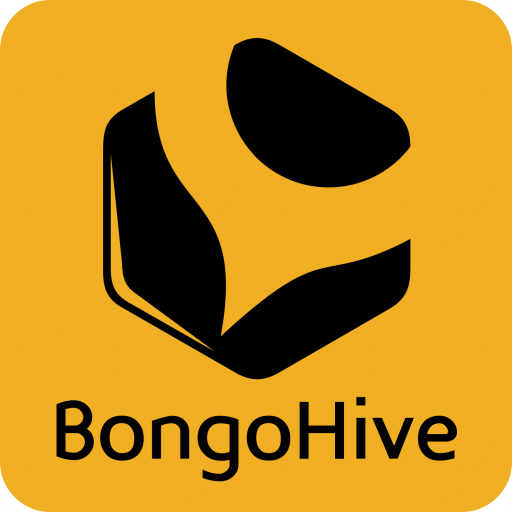
Using digital learning as a channel to deliver educational materials constitutes a promising area for education policy.
Digital learning goes hand in hand with technology and electronic tools, resources, devices and systems that generate, store or process data. Digital Learning is reshaping the ways in which educational materials are distributed and received in unprecedented ways.
It engages learners, personalises their learning and motivates them to learn even more.
Digital literacy also provides learners with the skills that they need to remain competitive in this digital era.
This is how BongoHive Consult helped a client use digital technology to improve the reading skills of learners.
Challenge
The client embarked on a 9-month intervention aimed at improving the reading skills of 1,200 students in rural areas by helping them practice reading in their local language through short literature stories and tales.
In order to implement the project, the client needed a way to disseminate short literature stories. The client also needed to receive new stories from the general public and further required a way of tracking how many students were reached for each story.
Solution
Having being brought on as technical experts on this project, The BongoHive Consult team needed to answer two key questions in order to achieve our goal.
- Where are we getting the stories from?
- How are we going to get the stories to the children?
Where are we getting the stories from?
We had several stories to start with, but together we believed that we could grow our number of stories by opening up submissions of stories to the general public. We did this by setting up several tools to provide multiple avenues for the public to submit their stories in their preferred language and the stories were converted into local languages by a team of translators. We used tools such as:
Website: We created a website explaining our project with a story submission form.
Social Media: The public could post their stories on the client’s social media platforms.
Voto: The BongoHive Consult team set up an Interactive Voice Response (IVR) System that allowed users to call a hotline which would reject and call them back automatically to avoid them incurring any phone charges. The IVR would present the caller with options to listen to the story of the week or submit a story of their own.
To consolidate the project further, an SMS platform was created that allowed the general public to submit stories through SMS which looked for a keyword to identify the story and categorise it accordingly.
How are we going to get the stories to the children?
To ensure that the children were indeed practicing, we needed their guardians to help them practice. We helped the guardians by using Votos IVR System which provided them with the option of listening to that day’s story or the story so far.
This was accompanied by a dissemination schedule for sending out stories via text. Each story was broken into 3 parts and sent out every Monday, Wednesday and Friday.
The team further set up a Soundcloud page for interested members to be able to access the stories they contributed.
Impact
The client had multiple avenues for the public to submit new stories to the program and track recipients of the stories. This gave them the ability to cross-check performance drops and seek solutions
The positive spill-over effects were that there was increased caregiver-child reading time. In addition, some teachers transcribed the stories, used them in class and shared with other teachers; increasing the number of children who were recipients of this initiative.
At BongoHive Consult, we endeavor to explore the latest technological advancements for our clients.
 BongoHive
BongoHive